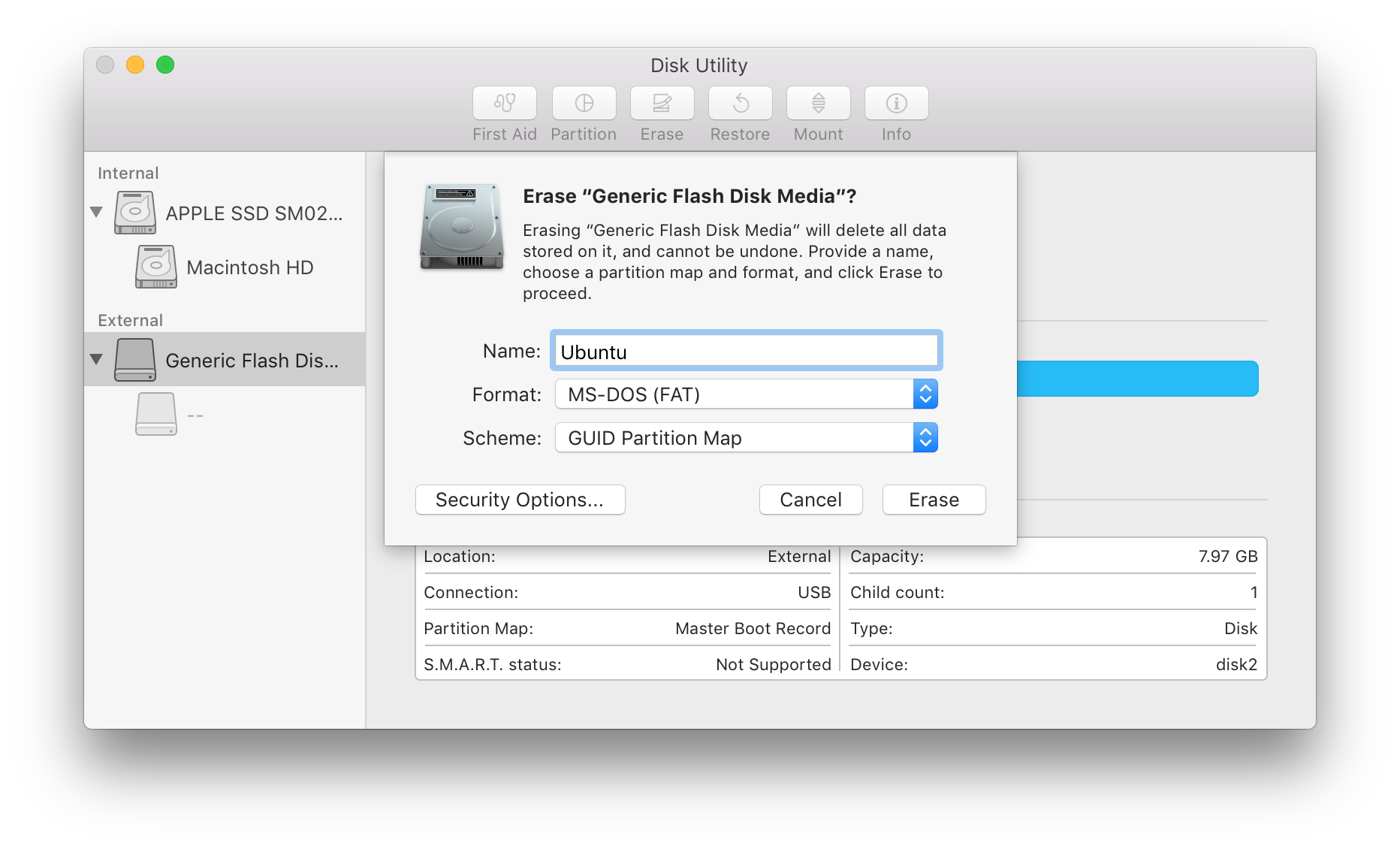
But if you forget to back up your Mac storage drive before erasing it, you lose all the stored data present on the drive. The choice of one over the other depends on the Mac version and compatibility with Windows computer. Not every question will be answered, we don’t reply to email, and we cannot provide direct troubleshooting advice. There are three different schemes provided by Disk UtilityGUID Partition Map, Master Boot Record, and Apple Partition Map. If not, we’re always looking for new problems to solve! Email yours to including screen captures as appropriate, and whether you want your full name used. Actually no other utility or partition manager software can merge all partitions to a single drive. However, Disk Utility can't merge partitions into a single hard drive volume without data loss. We’ve compiled a list of the questions we get asked most frequently along with answers and links to columns: read our super FAQ to see if your question is covered. Disk Utility can Create, Delete, Expand and Trim partitions on OS X 10.11, 10.10, 10.9, 10.8, 10.7 and below versions. This Mac 911 article is in response to a question submitted by Macworld reader Joe.

The Scheme only appears in Disk Utility (highlighting in red added) when you opt to show all devices. Now, you can select a drive, click Erase, and view the Scheme options for the drive as well as the default format type applied when the drive has completed applying the new scheme. From the View menu in the upper-left corner, select Show All Devices, and you will see the hierarchy of drive > volume (most formats) or drive > container > volume (APFS).


 0 kommentar(er)
0 kommentar(er)
